Gabriel is in the La Reserve Hotel, just off the Champs Elysee. It is owned by billionaire Michel Reybier, who also owns several vineyards, including the historic Bordeaux vineyard Cos d’Estournel since 2000. In charge of the cooking is Jerome Banctel, who became executive chef here in 2015. Mr Banctel was previously executive chef of Lucas Carton, and worked for ten years as sous chef at Ambroisie after training at Jules Verne in Paris and then at Les Ambassadeurs at Le Crillon under Christian Constant. The menu options included a four-course lunch at €97 (£81), five courses at €158 (£132), with tasting menus at €298 (£248) for seven courses or €398 (£332) for nine courses. The dining room is on the ground floor of the hotel, with well-separated tables in a smartly decorated room. The room can accommodate around thirty diners at any one time.
The wine list had 1,240 labels and ranged in price from €50 to €22,500, with a median price of €200 and an average markup to retail price of 2.8 times, which is significantly lower than an equivalent restaurant in London. Sample references were Domaine Josmeyer Pinot Gris Auxerrois Vieilles Vignes 2017 at €80 for a bottle that you can find in the high street for €27, Nathalie et Emmanuel Grand Savagnin En Guille Bouton 2021 at €98 compared to its retail price of €31, and Les Héritiers du Comte Lafon Mâcon-Uchizy Les Maranches 2018 at €120 for a wine that will set you back €42 in the high street. For those with the means there was Domaine Bernard Bonin Meursault La Rencontre 2020 at €480 compared to its retail price of €472, and Domaine de la Grange des Pères Laurent Vaillé 2015 at €600 for a wine whose current market value is €448. There were 57 wines below their current market value, though these were mostly pricy Burgundies whose market prices have climbed steeply in recent years. Mineral water was €12 per bottle for Evian.
An array of canapes started the meal. A potato puff flavoured with red pepper was a hollow crisp, essentially a soufflé potato. This was pleasant but tasted a little stale and could have been crisper. A gougere was made with Comte cheese, the choux pastry nearly piped out but was served cold when it would have been better piping hot from the oven. A little tartlet had a filling of creamy pork, apple and caviar, using Chinese Kristal caviar from Kaviari. The pastry was fairly delicate but a little thicker than it might have been, though the pork and apple was a nice combination, with the salinity of the caviar providing some natural seasoning. In this case the level of salinity seemed quite high, even for a salt lover like me. These were pleasant but unexceptional canapés. This was a little surprising since canapés can be largely made in advance with no time pressure, so in principle, canapés should be one of the easiest parts of the meal at which to excel (15/20).
This was followed by a sand carrot that had been marinated in limestone, hollowed out and stuffed with carrot purée. This was accompanied by a quite sharp carrot and ginger sauce and some brioche bread on the side. The carrot had plenty of flavour and the ginger came through well (17/20). The bread was from a local bakery run by Frederick Lalos, a MOF (Meilleur Ouvrier de France) at the tender age of 26 with a bakery originally in the 15th arrondissement, which has since moved. This was excellent bread with lovely texture. This was followed by a large cep with walnut praline and a dressing of walnut, chervil and vinegar, with a little cup of cep consommé on the side. The dressing was quite sharp but the mushroom itself had good flavour. However, I can recall better cep dishes than this, such as at Al Sorriso (16/20).
The best dish of the meal was lobster from Brittany, barbecued over binchotan white oak with fresh sorrel, and a corn sauce with a hint of spice. The lobster was cooked superbly, and the peppery bite of the sauce worked really well (19/20). This was followed by red mullet with potatoes that had been marinated in miso and sauce made from garlic and red mullet stock. Red mullet is a fish that tends to be either lovely or terrible, and this was the former. The fish was precisely cooked with crisp skin and superb potatoes (18/20).
The final savoury course was roast grey partridge with buttermilk sauce and a Brittany dish called kig ha farz, a dish of cooked pork, shallots, raisins and buckwheat, along with a sauce of partridge juices and its liver (18/20). The side dish brought a crunchy texture that balanced the partridge. We had an optional cheese course, the board having a deliberately limited selection. The selection included the goat cheese Clacbitou from Loire, Darley from Brittany, the sheep cheese Tommes Issiri and Fourme de Montbrison, a cow milk cheese from the Rhône-Alpes. This was all in good condition.
Dessert was Mirabelle plum with an ice cream made with almonds and plum extraction, almond ice cream and vin jaune sauce. This was an enjoyable enough dessert and the textures worked quite well, but for me it lacked the level of skill and creativity that can be found in the very best pastry sections in top restaurants in France (16/20). Coffee was from supplier l’Arbre a Cafe in Paris 2nd arrondisement, set up by coffee enthusiast Hippolyte Courty. This came with a selection of petit fours. There was a tartlet of confit blackcurrant, with Chantilly of olive oil, tartlet of peach with Madagascar pepper, and a passion fruit jelly.
Service was slick, and our bill came to €399 (£332) per person including plenty of wine, based on the longer lunch menu. If you went for the full-blown tasting menu at €399 each then of course your bill would be much higher, but if you went for the short £81 lunch menu you could eat for a lot less, maybe £130 if you drank modest wine. Overall, Gabriel offered a high-quality experience, with the lobster dish showing the heights that the kitchen can reach at its best. For me there was some inconsistency in the standard of dishes through the meal though, and the canapés were an area where considerable improvement was possible.

















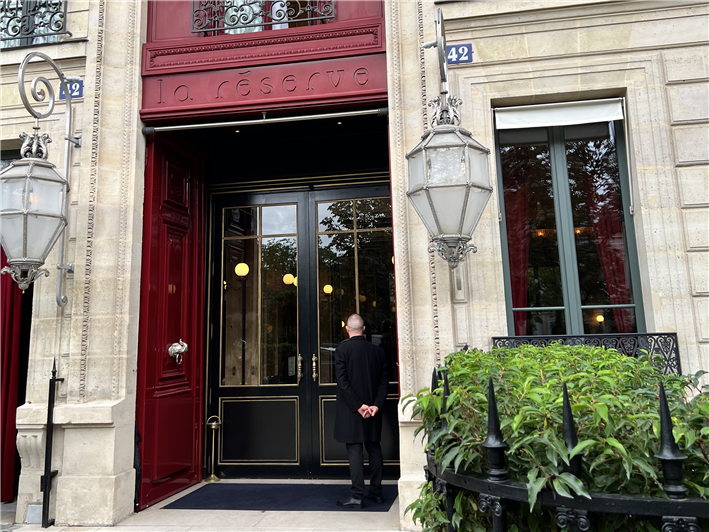

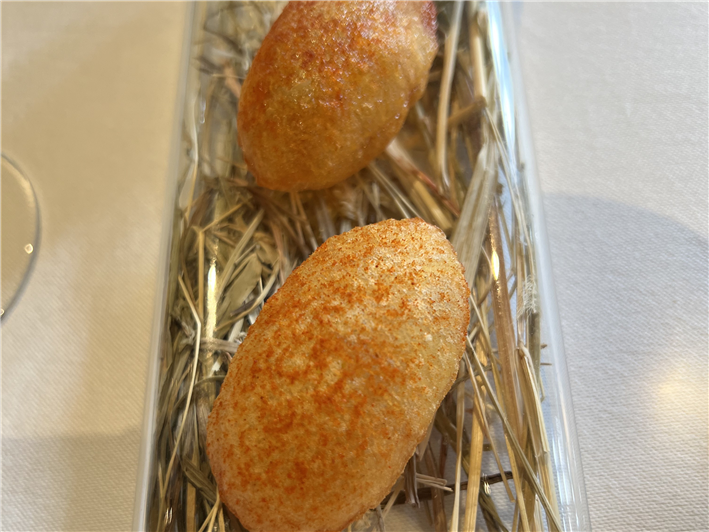

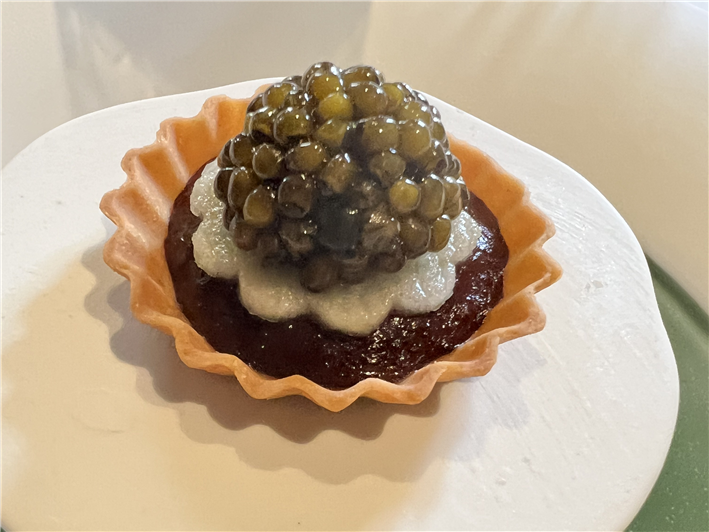


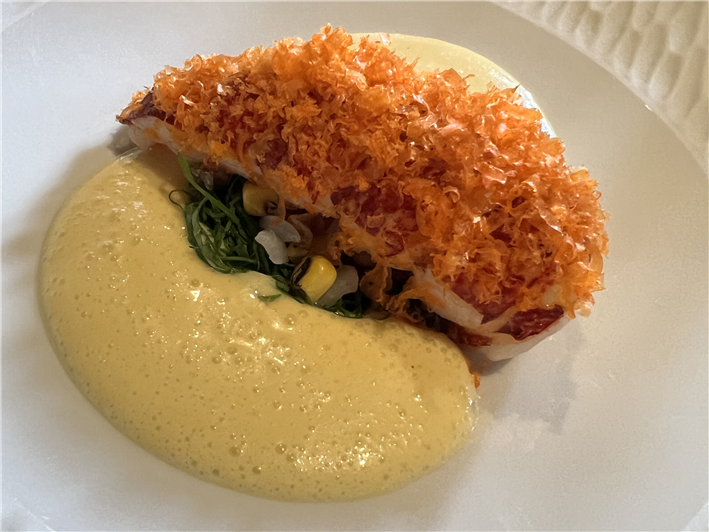
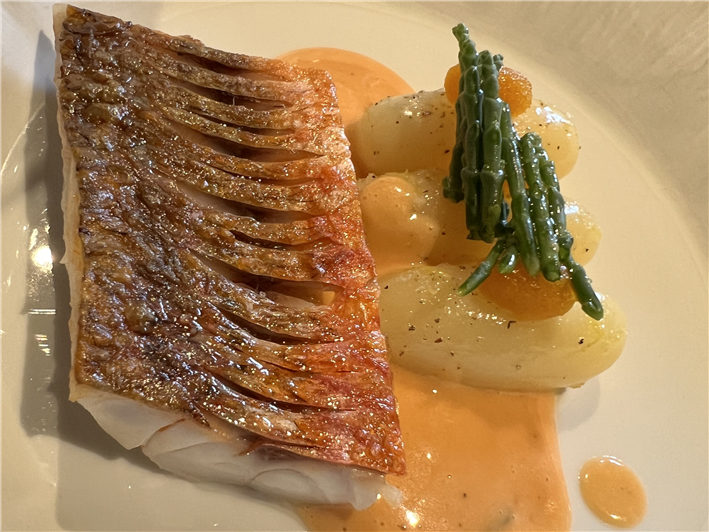
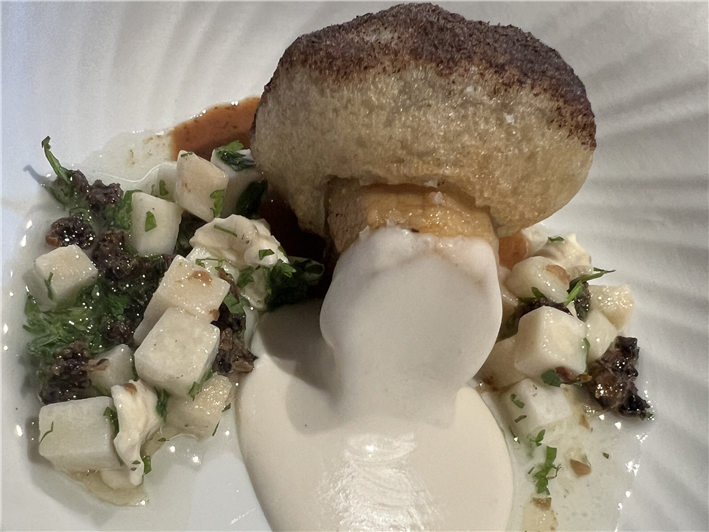

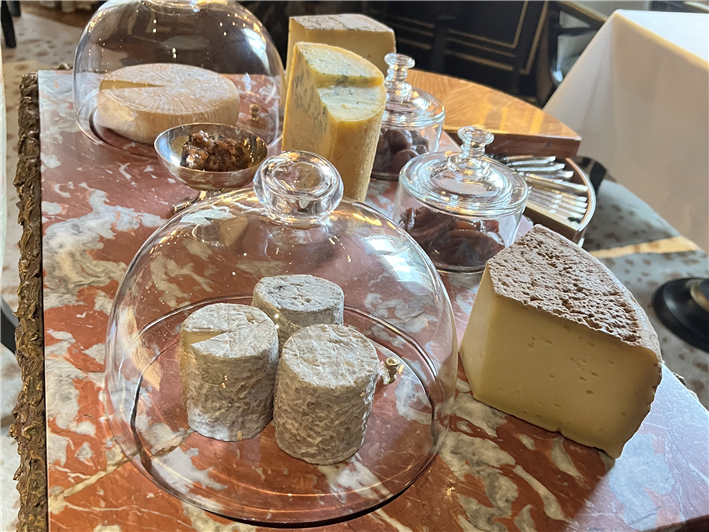
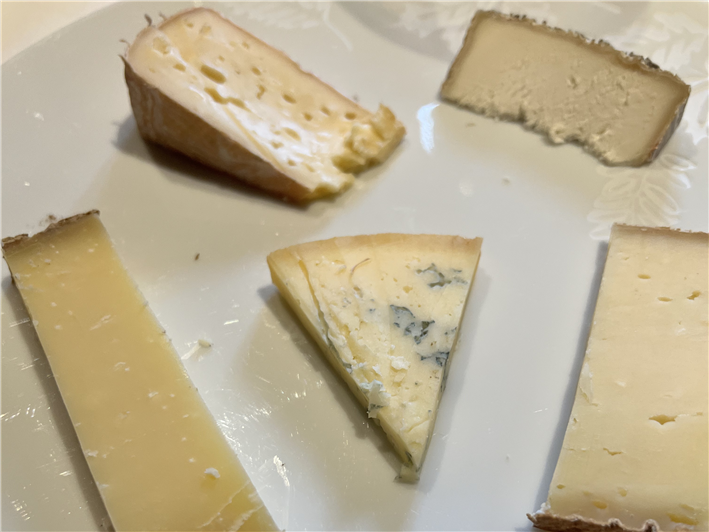
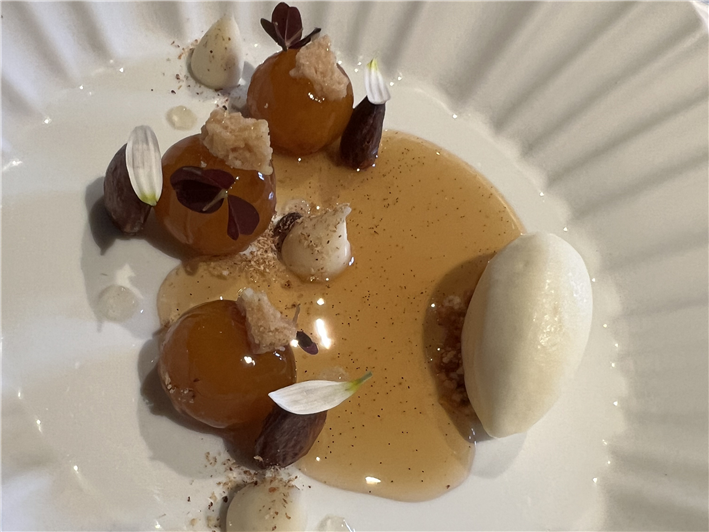

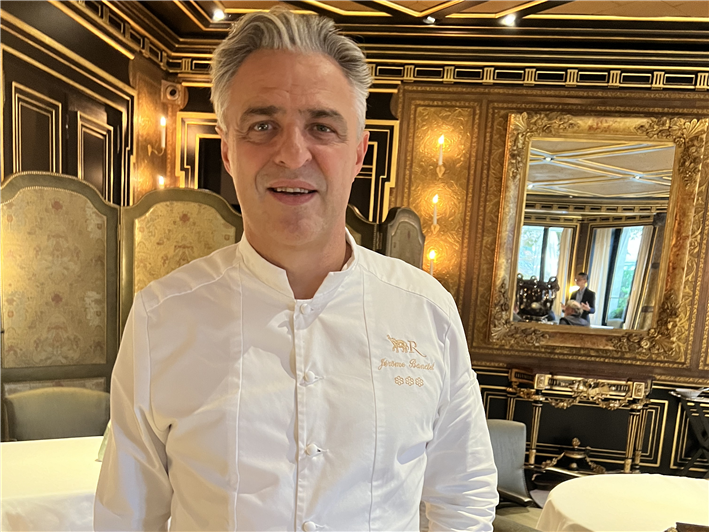

Add a comment
Thank you for submitting your comment, this will be checked and added to the website very soon.
User comments